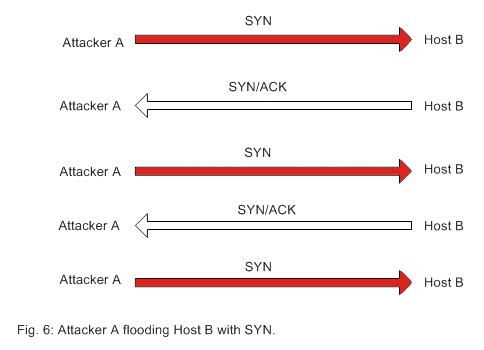Network layer
From Computing and Software Wiki
Network layer
description: Network layer solves the problem of getting packets across a single network. Examples of such protocols are X.25, and the ARPANET's Host/IMP Protocol.
With the advent of the concept of internetworking, additional functionality was added to this layer, namely getting data from the source network to the destination network. This generally involves routing the packet across a network of networks, known as an internetwork or (lower-case) internet.[7]
In the Internet protocol suite, IP performs the basic task of getting packets of data from source to destination. IP can carry data for a number of different upper layer protocols; these protocols are each identified by a unique protocol number: ICMP and IGMP are protocols 1 and 2, respectively.
Some of the protocols carried by IP, such as ICMP (used to transmit diagnostic information about IP transmission) and IGMP (used to manage IP Multicast data) are layered on top of IP but perform internetwork layer functions, illustrating an incompatibility between the Internet and the IP stack and OSI model. All routing protocols, such as OSPF, and RIP are also part of the network layer. What makes them part of the network layer is that their payload is totally concerned with management of the network layer. The particular encapsulation of that payload is irrelevant for layering purposes.
An example of an attack: SYN Flooding: The basis of the attack is to not complete the 3-way handshake necessary to establish communication. Specifically the attacker (client machine A in fig. 6) refusing to send the ACK signal to the host server (B) after receiving the SYN/ACK from Host B. Such a connection is called a half open connection.
Instead of sending an ACK, attacker A sends another SYN signal to the victim server. The server again acknowledges it with a SYN/ACK and B again refuses to send the final ACK signal. By repeating this several times the attacker tries to overflow the data structure of the host server. The data structure is built in the memory of the host server with the purpose of keeping records of connections to be completed (or half open connections). Since the data structure is of a finite size, it is possible to overflow it by establishing a large number of open connections.
Once overflow occurs the host server will not be able to accept new connections thus resulting in a denial of service. There is however a time-out associated with each of the connections (approximately 3 minutes) after which the host server will automatically drop the half open connection and can start accepting new connections. If the attacker can request connections at a rate higher than the victim servers ability to expire the pending connections then it is possible to crash the server.
Thus the objective of SYN flooding is to disable one side of the TCP connection which will result in one or more of the following
* The server is unable to accept new connections. * The server crashes or becomes inoperative. * Authorization between servers is impaired.
defense:

